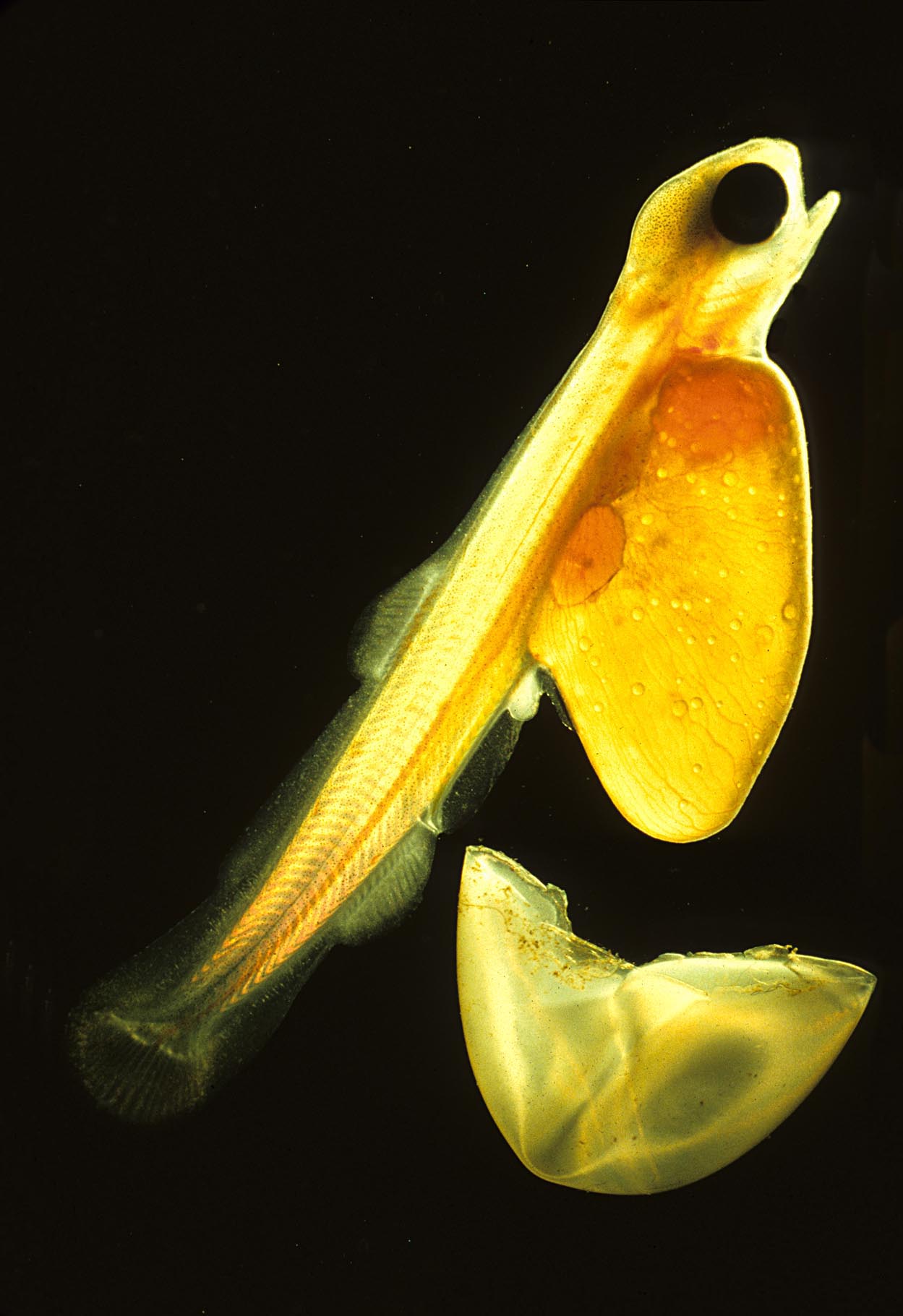|
Oology
Oology (; also oölogy) is a branch of ornithology studying bird eggs, Bird nest, nests and breeding behaviour. The word is derived from the Greek ''oion'', meaning egg. Oology can also refer to the hobby of collecting wild birds' eggs, sometimes called egg collecting, birdnesting or egging, which is now illegal in many jurisdictions. History As a science Oology became increasingly popular in Britain and the United States during the 1800s. Observing birds from afar was difficult because high-quality binoculars were not readily available. Thus it was often more practical to shoot the birds or collect their eggs. While the collection of the eggs of wild birds by amateurs was considered a respectable scientific pursuit in the 19th century and early 20th century, from the mid 20th century onwards it was increasingly regarded as being a hobby rather than a scientific discipline. In the 1960s, the naturalist Derek Ratcliffe compared peregrine falcon eggs from historical collections ... [...More Info...] [...Related Items...] OR: [Wikipedia] [Google] [Baidu] |
Egg Collection Part Of AGW
An egg is an organic vessel grown by an animal to carry a possibly fertilized egg cell (a zygote) and to incubate from it an embryo within the egg until the embryo has become an animal fetus that can survive on its own, at which point the animal hatches. Most arthropods, vertebrates (excluding live-bearing mammals), and mollusks lay eggs, although some, such as scorpions, do not. Reptile eggs, bird eggs, and monotreme eggs are laid out of water and are surrounded by a protective shell, either flexible or inflexible. Eggs laid on land or in nests are usually kept within a warm and favorable temperature range while the embryo grows. When the embryo is adequately developed it hatches, i.e., breaks out of the egg's shell. Some embryos have a temporary egg tooth they use to crack, pip, or break the eggshell or covering. The largest recorded egg is from a whale shark and was in size. Whale shark eggs typically hatch within the mother. At and up to , the ostrich egg is t ... [...More Info...] [...Related Items...] OR: [Wikipedia] [Google] [Baidu] |
Jourdain Society
The Jourdain Society is or was a controversial society based in the United Kingdom, its aims being "the advancement of the science of oology", the collection and study of intact birds' eggs. Established in 1922 as the British Oological Association, it changed its name in 1946 in memory of distinguished ornithologist and oologist Reverend Francis Jourdain (1865–1940). The society was a social gathering that held regular dinners, established as an elitist club, which did not admit women and professional dealers. Egg-collecting is the removal of intact, unhatched eggs from a birds' nest, followed by drilling out the contents to keep the egg intact. It was considered a respectable leisure pursuit in the nineteenth and early twentieth century, at a time when conservation, study and hunting were not seen as opposed activities. However the activity became extremely controversial after conservationists concluded that the taking of rare birds' eggs was a major factor in their extinction ... [...More Info...] [...Related Items...] OR: [Wikipedia] [Google] [Baidu] |
Bird Eggs
Bird eggs are laid by the females and range in quantity from one (as in condors) to up to seventeen (the grey partridge). Clutch size may vary latitudinally within a species. Some birds lay eggs even when the eggs have not been fertilized; it is not uncommon for pet owners to find their lone bird nesting on a clutch of infertile eggs, which are sometimes called wind-eggs. Anatomy All bird eggs contain the following components: * The embryo is the immature developing chick * The amnion is a membrane that initially covers the embryo and eventually fills with amniotic fluid, provides the embryo with protection against shock from movement * The allantois helps the embryo obtain oxygen and handles metabolic waste * The chorion, together with the amnion, forms the amniotic sac and encloses the amnion, vitellus, and the embryo * The vitellus, or yolk, is the nutrient-bearing portion of the egg, containing most of its fat, minerals, and many of its proteins and blood vessels * The albume ... [...More Info...] [...Related Items...] OR: [Wikipedia] [Google] [Baidu] |

